
漢德百科全書 | 汉德百科全书

Supraleiter sind Materialien, deren elektrischer Widerstand beim Unterschreiten der sogenannten Sprungtemperatur praktisch Null wird. Die Supraleitung wurde 1911 von Heike Kamerlingh Onnes, einem Pionier der Tieftemperaturphysik, entdeckt. Sie ist ein makroskopischer Quantenzustand.[1]
Viele Metalle, aber auch andere Materialien sind Supraleiter. Die Sprungtemperatur – auch „kritische Temperatur“ Tc genannt – ist für die meisten Supraleiter sehr niedrig; um Supraleitung zu erreichen, muss das Material im Allgemeinen mit verflüssigtem Helium (Siedetemperatur −269 °C) gekühlt werden. Nur bei den Hochtemperatursupraleitern genügt zur Kühlung verflüssigter Stickstoff (Siedetemperatur −196 °C).
Im supraleitenden Zustand tritt der Meißner-Ochsenfeld-Effekt auf, d. h. das Innere des Materials bleibt bzw. wird frei von elektrischen und magnetischen Feldern. Ein elektrisches Feld würde durch die ohne Widerstand beweglichen Ladungsträger sofort abgebaut. Magnetfelder werden durch den Aufbau entsprechender Abschirmströme an der Oberfläche verdrängt, die mit ihrem eigenen Magnetfeld das von außen eindringende Magnetfeld kompensieren. Ein nicht zu starkes Magnetfeld dringt nur etwa 100 nm weit in das Material ein; diese dünne Schicht trägt die Abschirm- und Leitungsströme.
Der Stromfluss durch den Supraleiter senkt die Sprungtemperatur. Die Sprungtemperatur sinkt auch, wenn ein äußeres Magnetfeld anliegt. Überschreitet das Magnetfeld einen kritischen Wert, so beobachtet man je nach Material verschiedene Effekte. Bricht die Supraleitung schlagartig zusammen, spricht man von einem Supraleiter erster Art oder vom Typ I. Supraleiter zweiter Art dagegen (Typ II) haben zwei kritische Feldstärken, ab der niedrigeren beginnt das Feld einzudringen, bei der höheren bricht die Supraleitung zusammen. In dem Bereich dazwischen dringt das Magnetfeld in Form mikroskopisch feiner Schläuche zunehmend in den Leiter ein. Der magnetische Fluss in diesen Flussschläuchen ist quantisiert. Supraleiter vom Typ II sind durch ihre hohe Stromtragfähigkeit interessant für technische Anwendungen.
Technische Anwendungen der Supraleitung sind die Erzeugung starker Magnetfelder – für Teilchenbeschleuniger, Kernfusionsreaktoren, Magnetresonanztomographie, Levitation – sowie Mess- und Energietechnik.
超导现象(英語:Superconductivity)是指材料在低于某一温度时,电阻变为零的现象,而这一温度称为超导转变温度(Tc)。超导现象的特征是零电阻和完全抗磁性。


 Architektur
Architektur



 Automobil
Automobil



 Automobil
Automobil
 ***Technologie
***Technologie

 Energieressource
Energieressource

 Energieressource
Energieressource
 *****Energiespeicher
*****Energiespeicher

 Energieressource
Energieressource
 *Elektrische Energie
*Elektrische Energie


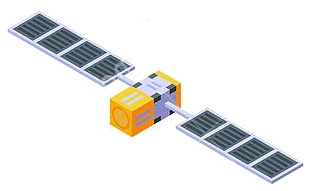
 Luft- und Raumfahrt
Luft- und Raumfahrt

 Schiffe und Nautik
Schiffe und Nautik

 Transport und Verkehr
Transport und Verkehr

 Wissenschaft und Technik
Wissenschaft und Technik

 Wissenschaft und Technik
Wissenschaft und Technik
 Technologiekonzepte
Technologiekonzepte
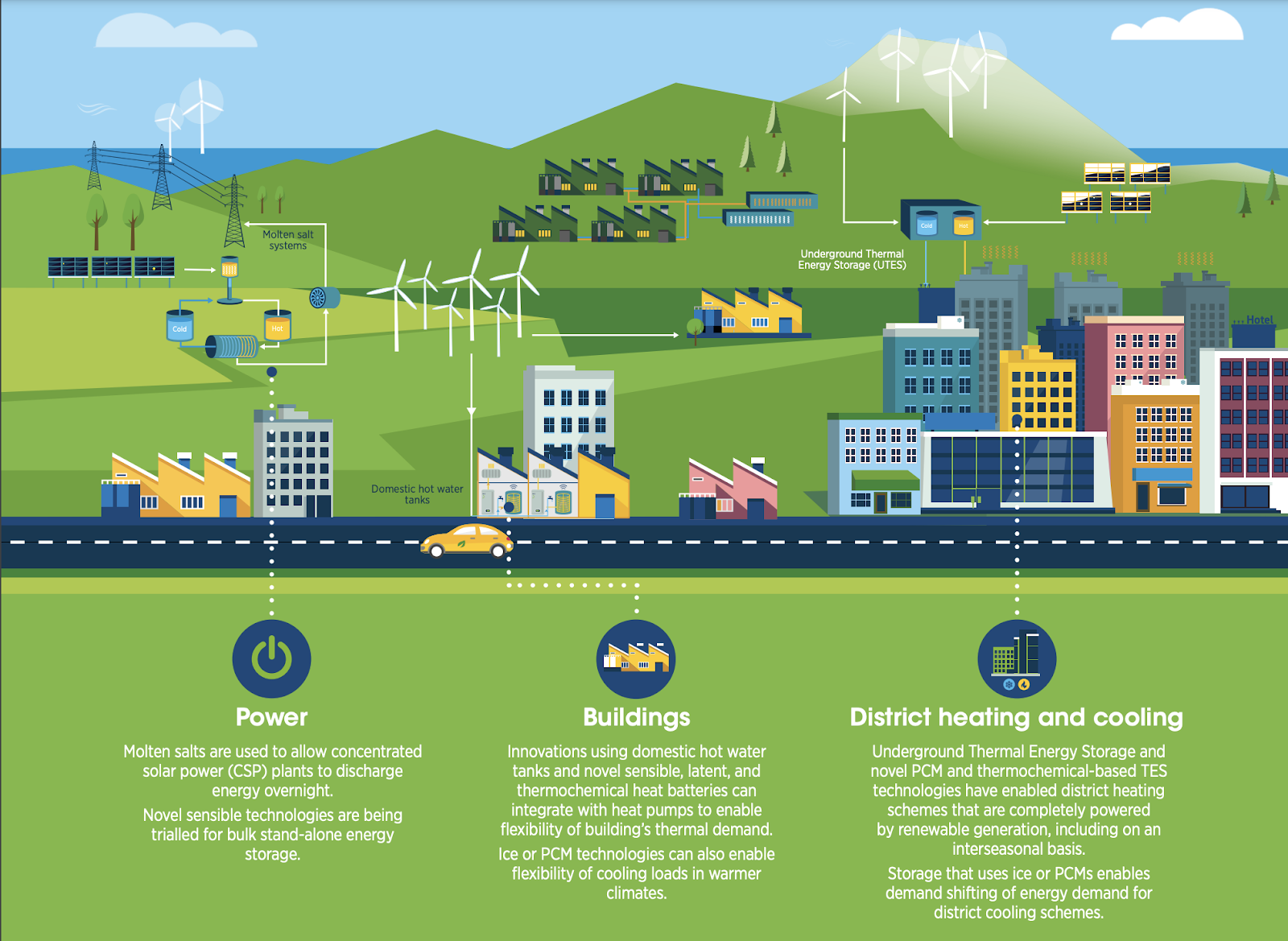
Energiespeicher dienen der Speicherung von momentan verfügbarer, aber nicht benötigter Energie zur späteren Nutzung. Diese Speicherung geht häufig mit einer Wandlung der Energieform einher, beispielsweise von elektrischer in chemische Energie (Akkumulator) oder von elektrischer in potenzielle Energie (Pumpspeicherkraftwerk). Im Bedarfsfalle wird die Energie dann in die gewünschte Form zurückgewandelt. Sowohl bei der Speicherung als auch bei der Energieumwandlung treten immer – meist thermische – Verluste auf.
储能或储能技术指的是把能量储存起来,在需要时使用的技术。储能技术将较难储存的能源形式,转换成技术上较容易且成本低的形式储存起来。例如:太阳能热水器将光能(辐射)存在热水(热能)里,电池将电能存在电化学能里。
一般当可再生能源的发电占比低时(例如20%以下),原有电网中作为尖离峰用电调节的负载追随电厂(例如:燃气发电和水力发电),可应付间歇性再生能源在供电量的变化。然而,当占比高到一定程度,就需要有额外的可以调节系统来维持供电平衡[1]。储能为其中一个重要的技术,另外还有需求侧管理以及电网互连)。
储存能量有许多用途,例如:应急能源,也可以用于在电网负荷低的时候储能,在电网高负荷的时候输出能量,用于削峰填谷,减轻电网波动。储存能量有多种形式,包括机械能、热能、电化学能、化学的及电子[2] 。能量储存涉及将难以储存的形式的能量转换成更便利或经济可存储的形式。 大量储能目前主要由发电水坝组成,无论是传统的还是水泵抽水的。
每种技术适合储存的时间长短不一,例如:热水能存数小时,而氢气储能可存数天至数个月以上。目前大型储能系统主要为水力发电和抽蓄发电。电网储能指的是用在电网的大型储能装置。
储能技术在日常生活中随处可见。蓄电池储存的电化学能,可以转换成电能供应电子产品使用。水库储存了水的重力位能,透过水力发电转换成电能。储冷系统利用离峰的电能制造冰块,储存起来的热能可在尖峰时使用降低制冷的用电。生物借由吸收太阳能生长,死亡后长期埋在地底下,转变后成为化石燃料。食物储存了化学能,经过消化吸受后可供应人体热量。
在20世纪,电力系统主要是靠燃烧化石燃料来发电。当用电量改变时,发电量可透过减少燃料使用来调整。近年来,因为空气污染、进口能源依赖及全球暖化等议题,使得再生能源(如:风能及太阳能)快速的发展[3]。然而,风力发电无法控制,发电时不一定在需要用电的时候。太阳能发电会受到云的遮蔽影响,且只有白天才能发电,无法供应晚上的尖峰用电(请参考鸭子曲线)。因此,随着再生能源的发展,能把间歇性能源存起来的技术,越来越受到重视[4][5][6]。
21世纪以来,移动设备使用快速增加,使得电池相关的使用更普及。在全球偏远的地区,太阳能的使用越来越普遍[7]。是否有电能用,不再有技术上的限制,而是经济和财务上的问题[8]。随着电动车普及,短距离交通运输可不再依赖化石燃料,但在长距离运输(如:空运和海运)方向,相关技术还在发展中。



 Geschichte
Geschichte

 Geschichte
Geschichte
 N 2000 - 2100 nach Christus
N 2000 - 2100 nach Christus

 Wissenschaft und Technik
Wissenschaft und Technik

 Wissenschaft und Technik
Wissenschaft und Technik
 Technologiekonzepte
Technologiekonzepte

德雷克方程式(英语:Drake equation),又称格林班克方程式(Green Bank equation),是由天文学家法兰克·德雷克于1961年提出的一条用来推测“在银河系内,可以和我们接触的外星智慧文明数量”的方程式[1][2]。
法兰克·德雷克在1961年提出了德雷克方程式,目的不是为了量化外星智慧文明的数量,而是用作在搜寻地外文明计划(SETI)的第一个技术会议时引发科学讨论的方式[3][4]。其公式总结了研究者要考虑以无线电和地球通讯的外星智慧文明数量时,需要考虑的一些概念[3],德雷克公式比较算是估计外星智慧文明,而不是认真的要确定其明确的数量。
有关德雷克公式的批评不是在公式本身,而是估计值中的许多因子都是推测所得的结果,再加上这些因子相乘的效应,其产生的值不确定值太高,因此无法以此公式作出确切的结论。
 6G
6G
 Deep connectivity
Deep connectivity
 6G
6G
 Holographic connectivity
Holographic connectivity
 6G
6G
 Intelligent connectivity
Intelligent connectivity
 6G
6G
 Ubiquitous connectivity
Ubiquitous connectivity

 Geschichte
Geschichte
 N 2000 - 2100 nach Christus
N 2000 - 2100 nach Christus


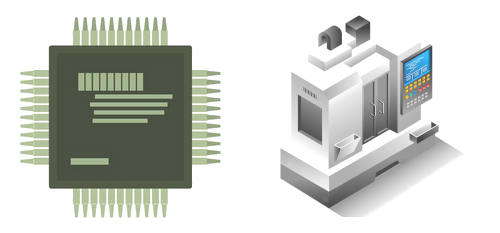 IT-Times
IT-Times
 Cloud Computing
Cloud Computing


 IT-Times
IT-Times
 Internet of Things
Internet of Things


 IT-Times
IT-Times
 Mobile Networks
Mobile Networks


 IT-Times
IT-Times
 Games-Industrie
Games-Industrie


 IT-Times
IT-Times

 Wissenschaft und Technik
Wissenschaft und Technik
 Technologiekonzepte
Technologiekonzepte

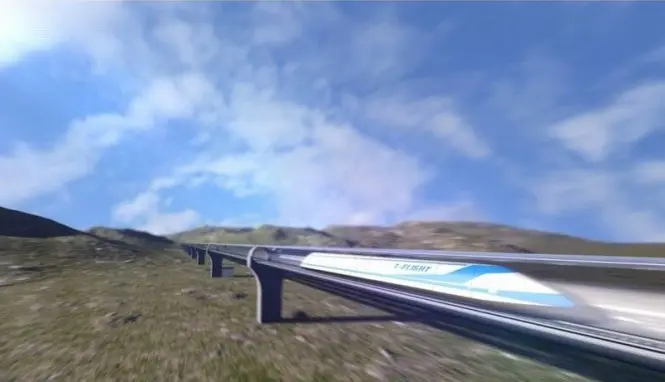
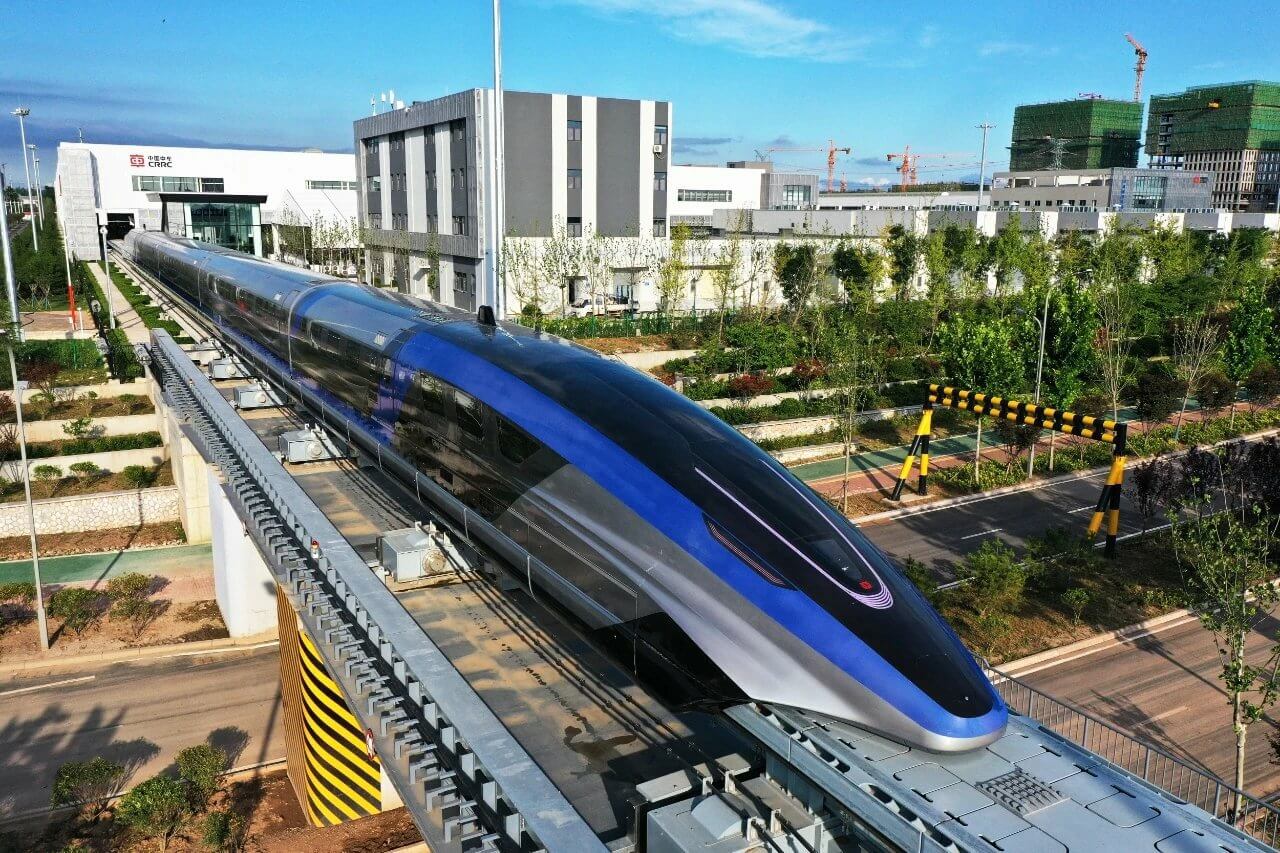
Inertial Confinement Fusion: How to Make a Star
The idea for the National Ignition Facility (NIF) grew out of the decades-long effort to generate fusion burn and gain in the laboratory. Current nuclear power plants, which use fission, or the splitting of atoms to produce energy, have been pumping out electric power for more than 50 years. But achieving nuclear fusion burn and gain has not yet been demonstrated to be viable for electricity production. For fusion burn and gain to occur, a special fuel consisting of the hydrogen isotopes deuterium and tritium must first “ignite.” A primary goal for NIF is to achieve fusion ignition, in which the energy generated from the reaction outstrips the rate at which x-ray radiation losses and electron conduction cool the implosion.

All of the energy of NIF’s 192 beams is directed inside a gold cylinder called a hohlraum, which is about the size of a dime. A tiny capsule inside the hohlraum contains atoms of deuterium (hydrogen with one neutron) and tritium (hydrogen with two neutrons) that fuel the ignition process.
NIF was designed to produce extraordinarily high temperatures and pressures—tens of millions of degrees and pressures many billion times greater than Earth’s atmosphere. These conditions currently exist only in the cores of stars and planets and in nuclear weapons. In a star, strong gravitational pressure sustains the fusion of hydrogen atoms. The light and warmth that we enjoy from the sun, a star 93 million miles away, are reminders of how well the fusion process works and the immense energy it creates.
Replicating the extreme conditions that foster the fusion process has been one of the most demanding scientific challenges of the last half-century. Physicists have pursued a variety of approaches to achieve nuclear fusion in the laboratory and to harness this potential source of unlimited energy for future power plants.
See How ICF Works for a more detailed description of inertial confinement fusion.
Recipe for a Small Star
- Take a hollow, spherical plastic capsule about two millimeters in diameter (about the size of a small pea)
- Fill it with 150 micrograms (less than one-millionth of a pound) of a mixture of deuterium and tritium, the two heavy isotopes of hydrogen.
- Take a laser that for about 20 billionths of a second can generate 500 trillion watts—the equivalent of five million million 100-watt light bulbs.
- Focus all that laser power onto the surface of the capsule.
- Wait ten billionths of a second.
- Result: one miniature star.
In this process the capsule and its deuterium–tritium fuel will be compressed to a density 100 times that of solid lead, and heated to more than 100 million degrees Celsius—hotter than the center of the sun. These conditions are just those required to initiate thermonuclear fusion, the energy source of stars.
By following our recipe, we would make a miniature star that lasts for a tiny fraction of a second. During its brief lifetime, it will produce energy the way the stars and the sun do, by nuclear fusion. Our little star will produce ten to 100 times more energy than we used to ignite it.

 California-CA
California-CA

 Energieressource
Energieressource

 Energieressource
Energieressource
 *Kernfusion
*Kernfusion

 Geschichte
Geschichte

 Geschichte
Geschichte
 N 2000 - 2100 nach Christus
N 2000 - 2100 nach Christus
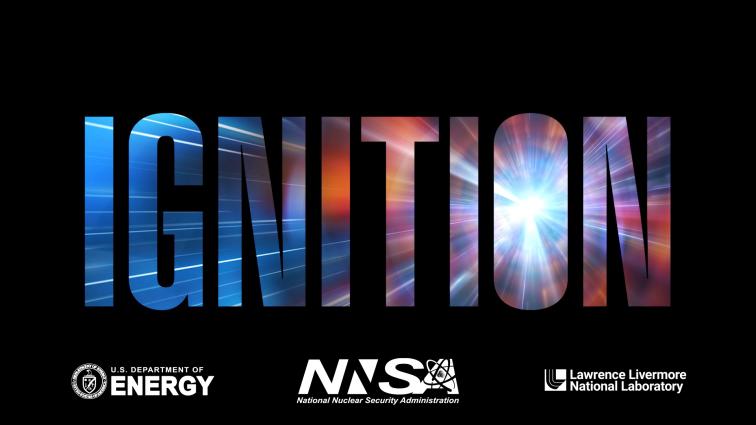
National Ignition Facility achieves fusion ignition
The U.S. Department of Energy (DOE) and DOE’s National Nuclear Security Administration (NNSA) today (Dec. 13) announced the achievement of fusion ignition at Lawrence Livermore National Laboratory (LLNL) — a major scientific breakthrough decades in the making that will pave the way for advancements in national defense and the future of clean power. On Dec. 5, a team at LLNL’s National Ignition Facility (NIF) conducted the first controlled fusion experiment in history to reach this milestone, also known as scientific energy breakeven, meaning it produced more energy from fusion than the laser energy used to drive it. This first-of-its-kind feat will provide unprecedented capability to support NNSA’s Stockpile Stewardship Program and will provide invaluable insights into the prospects of clean fusion energy, which would be a game-changer for efforts to achieve President Biden’s goal of a net-zero carbon economy.
“This is a landmark achievement for the researchers and staff at the National Ignition Facility who have dedicated their careers to seeing fusion ignition become a reality, and this milestone will undoubtedly spark even more discovery,” said U.S. Secretary of Energy Jennifer M. Granholm. “The Biden-Harris Administration is committed to supporting our world-class scientists — like the team at NIF — whose work will help us solve humanity’s most complex and pressing problems, like providing clean power to combat climate change and maintaining a nuclear deterrent without nuclear testing.”

“We have had a theoretical understanding of fusion for over a century, but the journey from knowing to doing can be long and arduous. Today’s milestone shows what we can do with perseverance,” said Dr. Arati Prabhakar, the President’s chief adviser for Science and Technology and director of the White House Office of Science and Technology Policy.
“Monday, December 5, 2022, was a historic day in science thanks to the incredible people at Livermore Lab and the National Ignition Facility. In making this breakthrough, they have opened a new chapter in NNSA’s Stockpile Stewardship Program,” NNSA Administrator Jill Hruby said. “I would like to thank the members of Congress who have supported the National Ignition Facility because their belief in the promise of visionary science has been critical for our mission. Our team from around the DOE national laboratories and our international partners have shown us the power of collaboration.”
“The pursuit of fusion ignition in the laboratory is one of the most significant scientific challenges ever tackled by humanity, and achieving it is a triumph of science, engineering, and most of all, people,” LLNL Director Dr. Kim Budil said. “Crossing this threshold is the vision that has driven 60 years of dedicated pursuit — a continual process of learning, building, expanding knowledge and capability, and then finding ways to overcome the new challenges that emerged. These are the problems that the U.S. national laboratories were created to solve.”
“This astonishing scientific advance puts us on the precipice of a future no longer reliant on fossil fuels but instead powered by new clean fusion energy,” U.S. Senate Majority Leader Charles Schumer (NY) said. “I commend Lawrence Livermore National Labs and its partners in our nation’s Inertial Confinement Fusion (ICF) program, including the University of Rochester’s Lab for Laser Energetics in New York, for achieving this breakthrough. Making this future clean energy world a reality will require our physicists, innovative workers and brightest minds at our DOE-funded institutions, including the Rochester Laser Lab, to double down on their cutting-edge work. That’s why I’m also proud to announce today that I’ve helped to secure the highest-ever authorization of over $624 million this year in the National Defense Authorization Act for the ICF program to build on this amazing breakthrough.”
“After more than a decade of scientific and technical innovation, I congratulate the team at Lawrence Livermore National Laboratory and the National Ignition Facility for their historic accomplishment,” said U.S. Senator Dianne Feinstein (CA). “This is an exciting step in fusion and everyone at Lawrence Livermore and NIF should be proud of this milestone achievement.”
“This is an historic, innovative achievement that builds on the contributions of generations of Livermore scientists. Today, our nation stands on their collective shoulders. We still have a long way to go, but this is a critical step and I commend the U.S. Department of Energy and all who contributed toward this promising breakthrough, which could help fuel a brighter clean energy future for the United States and humanity,” said U.S. Senator Jack Reed (RI), the chairman of the Senate Armed Services Committee.
“This monumental scientific breakthrough is a milestone for the future of clean energy,” said U.S. Senator Alex Padilla (CA). “While there is more work ahead to harness the potential of fusion energy, I am proud that California scientists continue to lead the way in developing clean energy technologies. I congratulate the scientists at Lawrence Livermore National Laboratory for their dedication to a clean energy future, and I am committed to ensuring they have all of the tools and funding they need to continue this important work.”
“This is a very big deal. We can celebrate another performance record by the National Ignition Facility. This latest achievement is particularly remarkable because NIF used a less spherically symmetrical target than in the August 2021 experiment,” said U.S. Representative Zoe Lofgren (CA-19). “This significant advancement showcases the future possibilities for the commercialization of fusion energy. Congress and the Administration need to fully fund and properly implement the fusion research provisions in the recent CHIPS and Science Act and likely more. During World War II, we crafted the Manhattan Project for a timely result. The challenges facing the world today are even greater than at that time. We must double down and accelerate the research to explore new pathways for the clean, limitless energy that fusion promises.”

“I am thrilled that NIF — the United States’ most cutting-edge nuclear research facility — has achieved fusion ignition, potentially providing for a new clean and sustainable energy source in the future. This breakthrough will ensure the safety and reliability of our nuclear stockpile, open new frontiers in science, and enable progress toward new ways to power our homes and offices in future decades,” said U.S. Representative Eric Swalwell (CA-15). “I commend the scientists and researchers for their hard work and dedication that led to this monumental scientific achievement, and I will continue to push for robust funding for NIF to support advancements in fusion research.”
LLNL’s experiment surpassed the fusion threshold by delivering 2.05 megajoules (MJ) of energy to the target, resulting in 3.15 MJ of fusion energy output, demonstrating for the first time a most fundamental science basis for inertial fusion energy (IFE). Many advanced science and technology developments are still needed to achieve simple, affordable IFE to power homes and businesses, and DOE is currently restarting a broad-based, coordinated IFE program in the United States. Combined with private-sector investment, there is a lot of momentum to drive rapid progress toward fusion commercialization.
Fusion is the process by which two light nuclei combine to form a single heavier nucleus, releasing a large amount of energy. In the 1960s, a group of pioneering scientists at LLNL hypothesized that lasers could be used to induce fusion in a laboratory setting. Led by physicist John Nuckolls, who later served as LLNL director from 1988 to 1994, this revolutionary idea became inertial confinement fusion, kicking off more than 60 years of research and development in lasers, optics, diagnostics, target fabrication, computer modeling and simulation and experimental design.
To pursue this concept, LLNL built a series of increasingly powerful laser systems, leading to the creation of NIF, the world’s largest and most energetic laser system. NIF — located at LLNL in Livermore, California — is the size of a sports stadium and uses powerful laser beams to create temperatures and pressures like those in the cores of stars and giant planets, and inside exploding nuclear weapons.
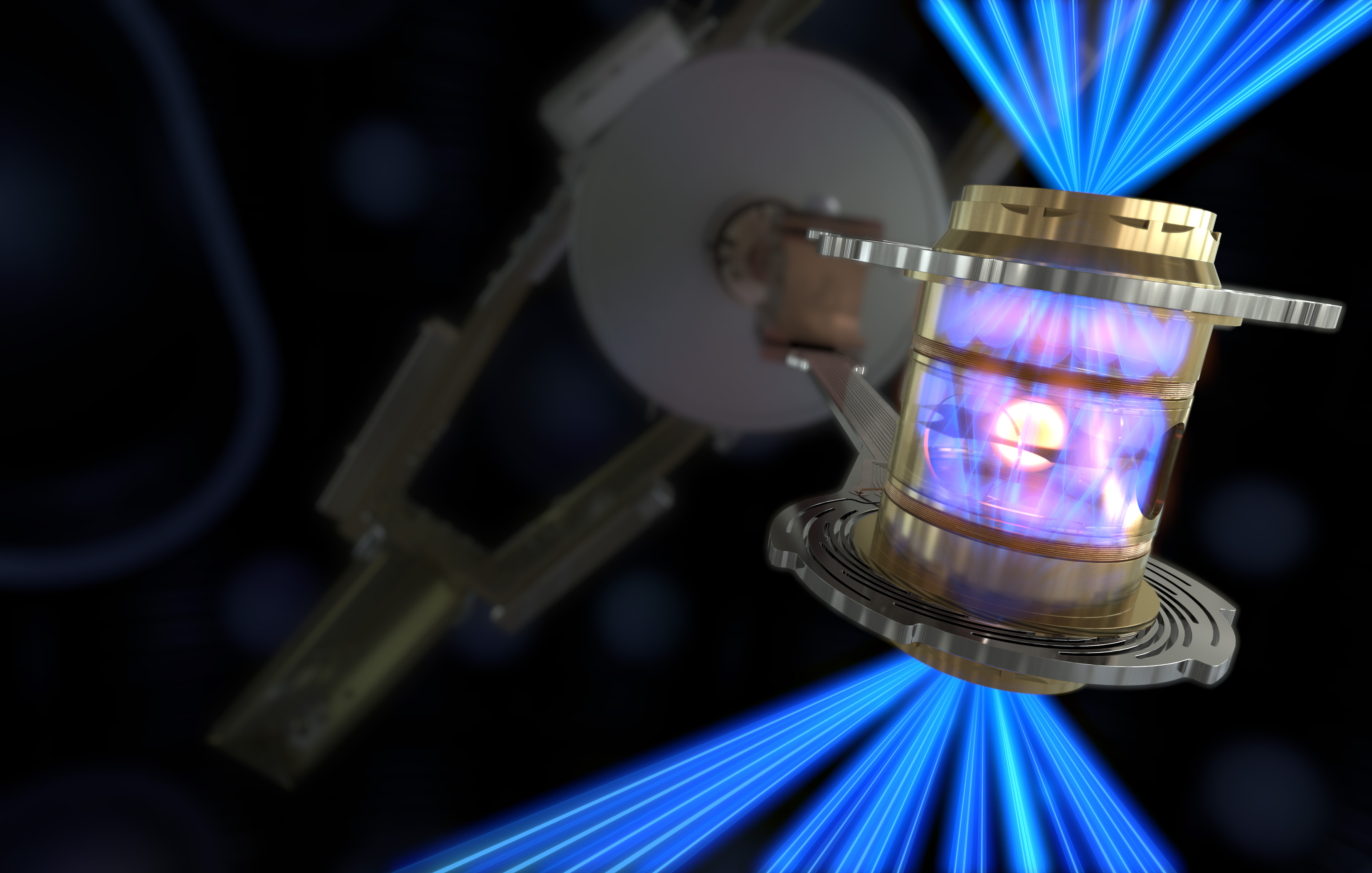
Achieving ignition was made possible by dedication from LLNL employees as well as countless collaborators at DOE’s Los Alamos National Laboratory, Sandia National Laboratories and Nevada National Security Site; General Atomics; academic institutions, including the University of Rochester’s Laboratory for Laser Energetics, the Massachusetts Institute of Technology, the University of California, Berkeley, and Princeton University; international partners, including the United Kingdom’s Atomic Weapons Establishment and the French Alternative Energies and Atomic Energy Commission; and stakeholders at DOE and NNSA and in Congress.
 China
China

 Energieressource
Energieressource

 Energieressource
Energieressource
 *Elektrische Energie
*Elektrische Energie

 Europäische Union
Europäische Union
 Frankreich
Frankreich
 Japan
Japan

 Provence-Alpes-Côte d´Azur
Provence-Alpes-Côte d´Azur
 Republik Korea
Republik Korea
 Russland
Russland
 Vereinigte Staaten
Vereinigte Staaten

 Wichtige internationale Organisationen
Wichtige internationale Organisationen

 Wissenschaft und Technik
Wissenschaft und Technik

 Wissenschaft und Technik
Wissenschaft und Technik
 Technologiekonzepte
Technologiekonzepte
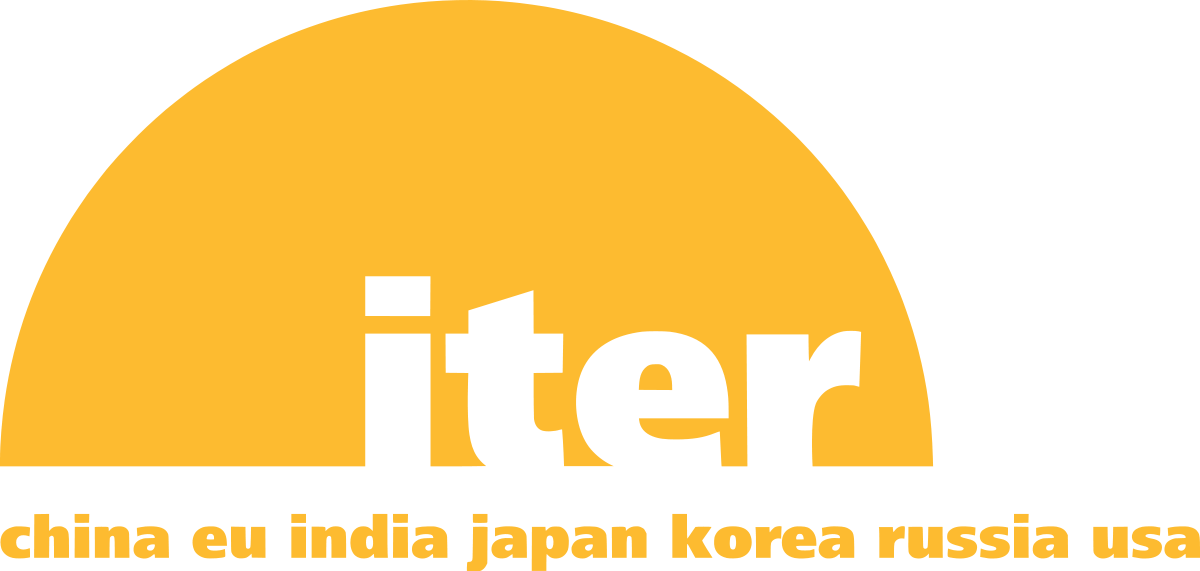

 Energieressource
Energieressource

 Energieressource
Energieressource
 *Atomkraft
*Atomkraft



 Luft- und Raumfahrt
Luft- und Raumfahrt


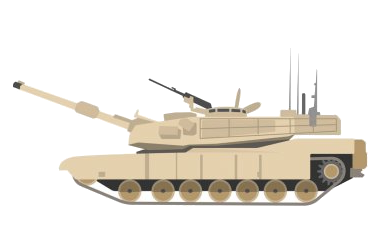

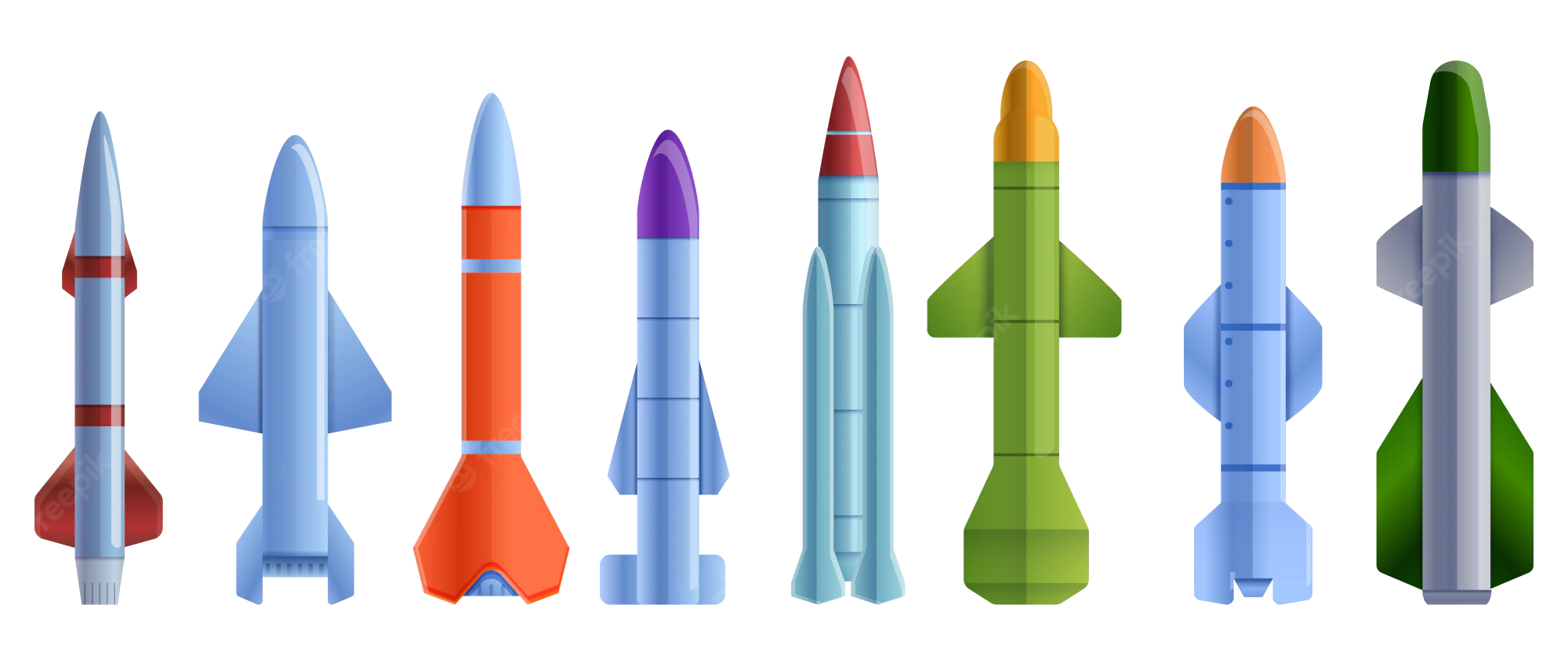 Militär,Verteidigung und Ausrüstung
Militär,Verteidigung und Ausrüstung

 Schiffe und Nautik
Schiffe und Nautik

Nuclear Battery
The public is familiar with nuclear energy in nuclear power plants but not in batteries. Nuclear batteries are in fact closer to nuclear power plants than traditional batteries in that they use radioactivity to generate power instead of storing an amount of charge. When compared to chemical batteries, nuclear batteries are characterized by higher volumetric energy density (therefore longer battery life) and stronger endurance in harsh conditions. This report will explore the present state of nuclear battery technology and recently discovered possible breakthroughs.
Applications
Space exploration poses unique challenges that are not faced when working with electronics on Earth. It is impossible or extremely costly to access a device once it has been launched into the space. Because only a small percentage of sunlight reaches the outer perimeter of the solar system compared to the orbit of Earth, solar energy is not a practical solution to powering electronic equipments when exploring the outer planets. NASA uses a specific type of nuclear battery technology called Radioactive Thermoelectric Generator (RTG) to power their spacecrafts in missions that last over 10 years.
Implantable medical devices (IMDs) also utilize the unique characteristics of nuclear batteries. Just like in spacecrafts, batteries used to power IMDs must function reliably over a long period of time without being accessed for recharge or maintenance. Unlike in spacecrafts, however, batteries used in IMDs must be limited in size and radioactivity. Hence, a different nuclear battery technology called betavoltaic cell is used in IMDs. Although the technology was invented and widely used for patients in the 1970s, the potential risk of radiation convinced the medical industry to shift to lithium ion batteries in the 1980s. Only with the recent advancement in safety of nuclear batteries, the option with a considerable advantage in battery life is being reconsidered.
The United States Department of Defense requires that every missile and aircraft be equipped with an anti-tamper protection such that the technology cannot be reverse-engineered by others. Because a single instance of battery malfunction can wipe the memory circuit's configuration, batteries used in anti-tamper system must withstand temperatures between -65 and +150 degrees Celsius, high-frequency vibrations, and high humidity. [1] Lockheed Martin Missiles and Fire Control, therefore, uses nuclear batteries to power the anti-tamper system under harsh conditions and prolonged usage. [1]
Radioactive Thermoelectric Generator (RTG)
Radioactive Thermoelectric Generator uses heat generated spontaneously from radioactive substances. The technology requires a large space to capture escaping heat inside semiconductors effectively. The shortcomings of RTG technology are its poor efficiency of 6%, its low power density, and its large size. [2]
NASA calls their technology Multi-Mission Radioisotope Thermoelectric Generator (MMRTG), and in 2016, NASA announced the next generation Enhanced Multi-Mission Radioisotope Thermoelectric Generator (eMMRTG). As Fig. 1 illustrates, eMMRTG improves the original MMRTG with a new thermoelectric technology called Thermoelectric Couple Assembly. eMMRTG's improved efficiency will also help NASA save plutonium which is in extreme shortage in the United States.
Betavoltaic Cells
Betavoltaic cells, also known as betavoltaic devices, are a nuclear battery technology used in small devices that cannot use Radioactive Thermoelectric Generators. Betavoltaic cells utilize beta-decay of isotopes such as tritium. Tritium is a byproduct of nuclear power plants, so manufacturing betavoltaic cells with tritium is an excellent way to turn nuclear wastes into useful goods. [3] The shortcoming of betavoltaic cells in, comparison to chemical batteries, is the low power output. According to Jonathane Greene, the CEO of Widetronix which manufactures betavoltaic cells, a package that is one centimeter-squared wide and two-tenths of a centimeter tall generates one microwatt of power. [1] In comparison, a smartphone using 50% CPU, Wi-Fi connection, and white display will use 1857 mW, so a nuclear battery is not suitable for consumer electronics. [4]
Aqueous Nuclear Battery
Baek Hyun Kim and Jae Won Kwon at University of Missouri published a paper in 2014 proposing one possible next generation nuclear battery technology. Aqueous Nuclear Battery, which is also known as water-based nuclear battery, uses liquid medium for radiolysis, absorbing the kinetic energy of beta particles which is lost in betavoltaic cells. In Kim and Kwon's design using nanoporous titanium dioxide semiconductors coated in platinum, a high efficiency of 53.88% was reached at a potential of 0.9 volts. [5] Using an aqueous solution for radiolytic energy conversion results in higher energy level and lower temperature than using a solid state material does.
Diamond Nuclear Battery
The University of Bristol posted a press release in 2016 introducing another possible next generation nuclear battery technology using carbon isotopes in the form of diamonds. Nuclear power generation produces radioactive waste that cannot be easily disposed. In United Kingdom alone, 95,000 tons of radioactive C-14 are deposited and decaying. Researchers at the University of Bristol discovered a way to heat and gasify the radioactive C-14 concentration on the surface of deposited nuclear graphite wastes, and condense the gas into artificial diamonds. A man-made diamond generates an electric current when placed in a radiation field, and a diamond made of C-14 produces a radioactive field spontaneously. Hence, the diamond battery can create a constant electric current as long as it remains radioactive. Although C-14 can deliver only 15 joules per gram (compared to 700 joules per gram of standard alkaline battery), the C-14 diamond battery can generate power for 7746 years before reaching 50% charge (compared to a single day usage of standard alkaline battery). The C-14 diamond can be encapsulated in a non-radioactive diamond shell which will block all radiation and protect the battery under harsh conditions. [6] The resulting battery is made of the hardest material on Earth, so the industry might finally overcome the psychological resistance of sensitive clients such as patients using IMDs.
Conclusion
Nuclear batteries remain impractically expensive and slow to power consumer products. Furthermore, an essential ingredient of nuclear batteries is the waste from nuclear power plants, so the nuclear battery industry depends on that of the nuclear power plant. However, new technologies that allow for smaller, safer, more efficient, and longer-lasting nuclear batteries suggest a bright future for nuclear battery products in above-stated niche markets. When the cost of manufacturing nuclear batteries decreases, low-power internet-of-things devices could also be powered cord-free for thousands of years with a single charge using this revolutionary technology one day.
© Junwon Park. The author grants permission to copy, distribute and display this work in unaltered form, with attribution to the author, for noncommercial purposes only. All other rights, including commercial rights, are reserved to the author.
References
[1] K. Bourzac, "A 25-Year Battery," Technology Review, 17 Nov 09.
[2] M. A. Prelas et al., "A Review of Nuclear Batteries," Prog. Nucl. Energ., 75, 117 (2014).
[3] V. M. Efremenkov, "Radioactive Waste Management at Nuclear Power Plants," IAEA Bulletin, March 1989, p. 37.
[4] B. A. Naik and R. K. Chavan, "Optimization of Power Usage of Smartphones," Int. J. Comput. Appl. 119, 7 (2015).
[5] B.H. Kim and J. W. Kwon, "Plasmon-Assisted Radiolytic Energy Conversion in Aqueous Solutions," Sci. Rep. 4, 5249 (2014).
[6] D.T. Connor, P. G. Martin, T. B. Scott, "Airborne Radiation Mapping: Overview and Application of Current and Future Aerial Systems," Int. J. Remote Sens. 37, 5953 (2016).
 Astronomie
Astronomie